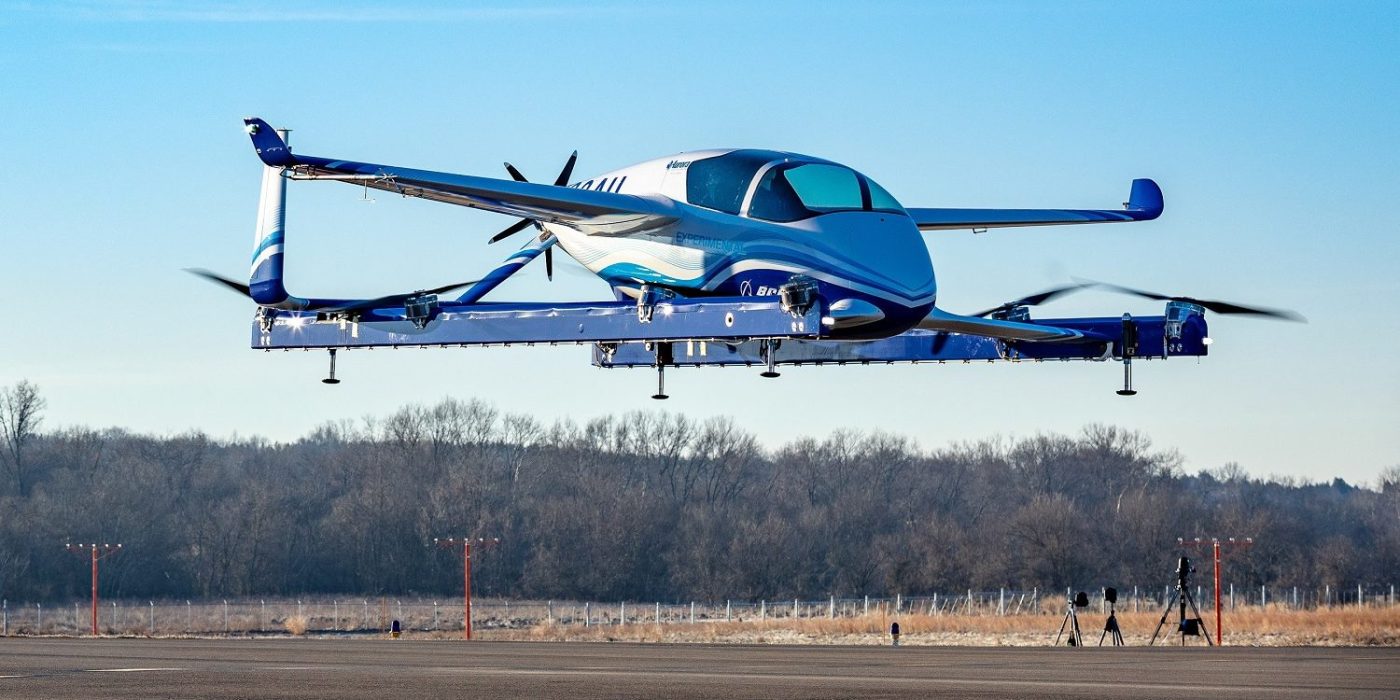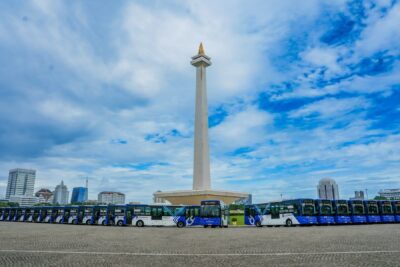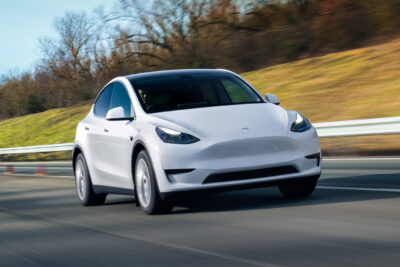Boeing VTOL takes test flight as flying taxi
Boeing has absolved a successful test flight with a VTOL that they now call Passenger Air Vehicle (PAV). Boeing announced that the prototype has just completed a controlled takeoff, hover and landing during the test conducted in Manassas, Virginia.
Boeing’s new aircraft has a length of 9.14 metres and is 8.53 metres wide. The aircraft is electric, autonomous, and has a range of 50 miles (80 km), they claim. The airframe integrates the propulsion and wing systems to achieve efficient hover and forward flight, (vertical takeoff and landing, or VTOL).
Now the company must test the aircraft’s wing-borne flight and the difficult transition phase between vertical and forward-flight modes – typically the most significant engineering challenge for any high-speed VTOL aircraft.
“This is what revolution looks like, and it’s because of autonomy,” said John Langford, president and chief executive officer of Aurora Flight Sciences. “Certifiable autonomy is going to make quiet, clean and safe urban air mobility possible.”
Boeing’s passenger VTOL was designed and developed by Aurora Flight Sciences, an aviation taxi developer acquired by Boeing in 2017 and now operating as a subsidiary of the aviation company. It is one of a number of firms that have partnered with Uber in an effort to develop a network of “flying taxis”. These are supposed to operate on the ride-hailing company’s forthcoming Uber Elevate product, planned for launch in 2023.
Boeing is just one of a whole spate of companies pursuing some form of urban air taxi service with VTOLs.
Apart from the new flying cab, or PAV, Boeing’s current portfolio includes an unmanned all-electric freighter (CAV) for the transport of cargo weighing up to 225 kilograms. The company’s so-called “cargo air vehicle” absolved its first indoor flight test last year, and will move to outdoor testing in 2019, Boeing says.





0 Comments